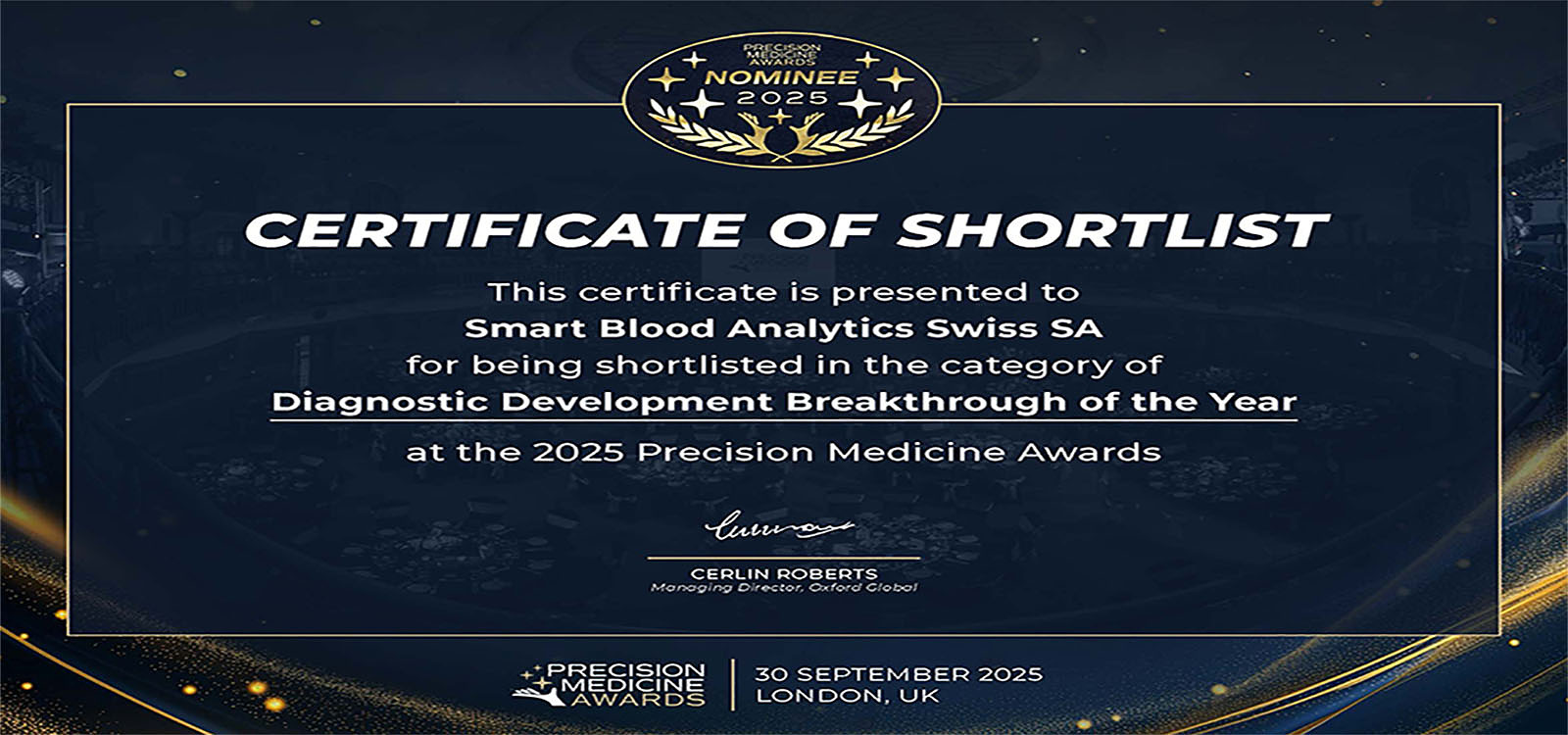The Start of a New Era of Differentiating Viral and Bacterial Infections: A Machine Learning Model Based on Routine Blood Test Values
Zürich, Switzerland - April 12, 2024 - In the ongoing battle against antibiotic resistance, a groundbreaking study led by scientists from Smart Blood Analytics Swiss SA, in collaboration with a multidisciplinary medical team, introduces a revolutionary approach to differentiate between viral and bacterial infections.
Published in the latest edition of Heliyon, the study titled "Differentiating Viral and Bacterial Infections: A Machine Learning Model Based on Routine Blood Test Values" presents a novel VIRUS vs. BACTERIA artificial intelligence model. This model utilizes 16 routine blood test results, C-reactive protein (CRP) levels, biological sex, and age to accurately distinguish between viral and bacterial infections.
The study, spearheaded by joint first authors asst. prof. Gregor Gunčar and prof. dr. Matjaž Kukar, with corresponding author and CEO of Smart Blood Analytics Swiss, dr. Marko Notar, showcases remarkable results. The VIRUS vs. BACTERIA model, trained on a robust dataset of 44,120 cases, achieved an impressive accuracy of 82.2%. Additionally, it exhibited a Brier score of 0.129 and an area under the receiver operating characteristic curve (ROC) curve of 0.91, surpassing the performance of traditional CRP decision rule models.
Of particular significance is the model's enhanced accuracy within the CRP range of 10-40 mg/L. This interval, wherein CRP alone offers limited diagnostic value for distinguishing between bacterial and viral infections, underscores the necessity for incorporating multiple blood parameters into diagnostic decision-making.
According to the World Health Organization (WHO), antimicrobial resistance stands as a major global threat to public health and development, contributing significantly to mortality rates1. "This study highlights the pivotal role of machine learning in revolutionizing infectious disease diagnostics," said dr. Marko Notar. "By leveraging routine blood parameters and advanced computational techniques, our VIRUS vs. BACTERIA model presents a significant advancement in accurately discerning between viral and bacterial infections."
The implications of this research extend beyond academic realms into clinical practice. The development of innovative diagnostic tools, harnessing machine learning and relevant biomarkers, holds promise for enhancing clinical decision-making in managing infections.
Moreover, the VIRUS vs. BACTERIA Clinical Decision Support Software has received EU-MDR certification2, affirming its compliance with the European Union's Medical Device Regulation. This certification ensures quality, safety, and effectiveness, making it available for use by health professionals worldwide. The VIRUS vs. BACTERIA Clinical Decision Support Software is setting a new standard in infection disease management, empowering clinicians to differentiate between viral and bacterial infections accurately and, most importantly, aiding in the rational use of antibiotics.
Read the full article at: https://doi.org/10.1016/j.heliyon.2024.e29372






